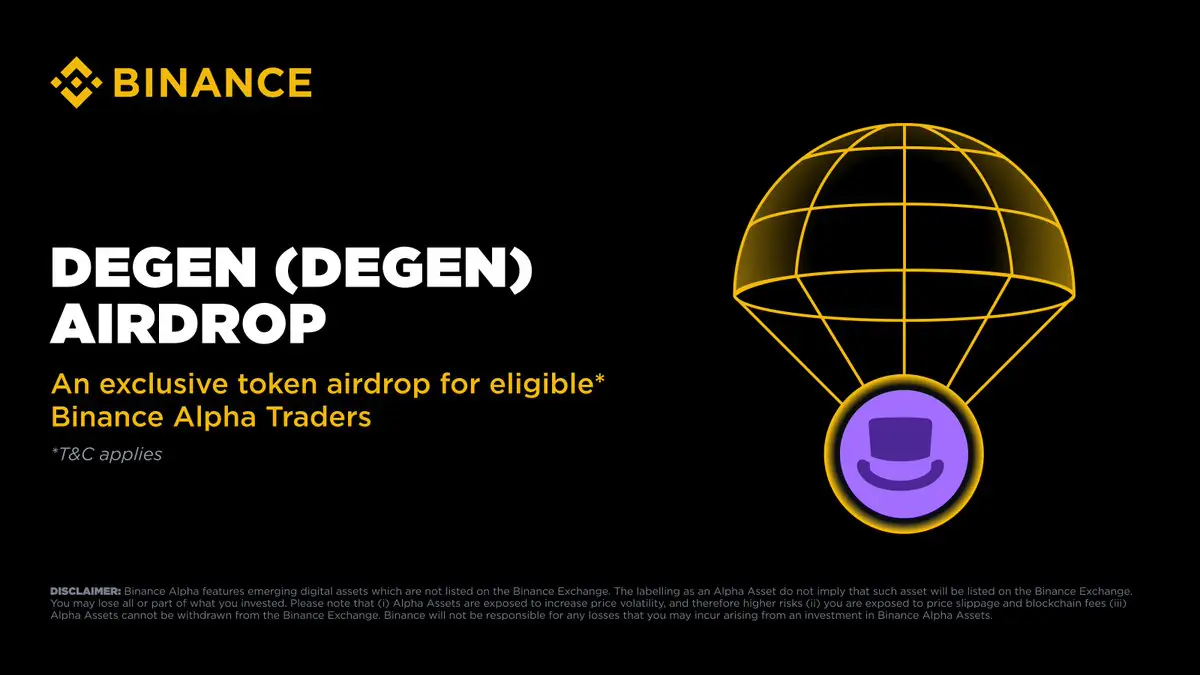While celebrating recent advancements in real-time zero-knowledge (ZK) proof generation, Buterin also emphasized that Ethereum still faces significant technical hurdles before reaching its full potential for real-time, user-level scalability.
In a tweet posted on May 21, 2025, Buterin congratulated the team behind the latest ZK breakthroughs but warned that the current state reflects the average case, not the worst case—which is essential to understand for safe and scalable L1 operation.
Here are the four principles he highlighted:
Average ≠ Worst Case: Systems must be tested under worst-case, real-time conditions—not just average performance—to ensure they hold up under stress. Formal Verification is Missing: Current progress lacks formal verification, an important step toward ensuring security and reliability in production. Proving Efficiency Needs Drastic Improvement: Presently, around 100 kW of power is needed for ZK proof generation. While the proving system uses a 1-of-n trust model, Buterin suggests aiming for a more accessible target—proofs that can be generated at home with roughly 10 kW of power. L1 Gas Limit Must Scale 10–100x: To accommodate real scalability, Ethereum and other L1 networks must massively increase their gas limits, by 10x to 100x, without compromising decentralization or security.Buterin concluded by praising the work of @pumatheuma and their team, while also cautioning that there are still “a few steps to the final destination.”
This tweet has sparked ongoing discussions about Ethereum’s roadmap, performance benchmarks, and what it will take to deliver a truly scalable decentralized future.
The post Vitalik Buterin Shares 4 Key Principles for a Truly Scalable Layer-1 Blockchain appeared first on Coindoo.














 Bengali (Bangladesh) ·
Bengali (Bangladesh) ·  English (United States) ·
English (United States) ·